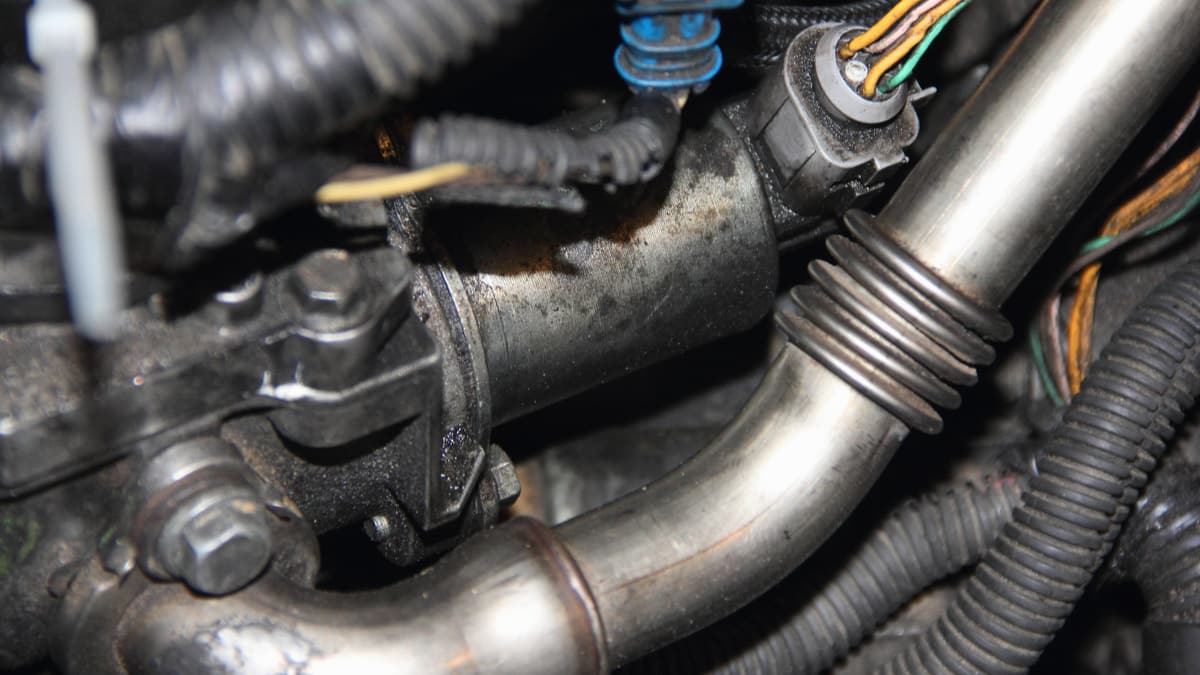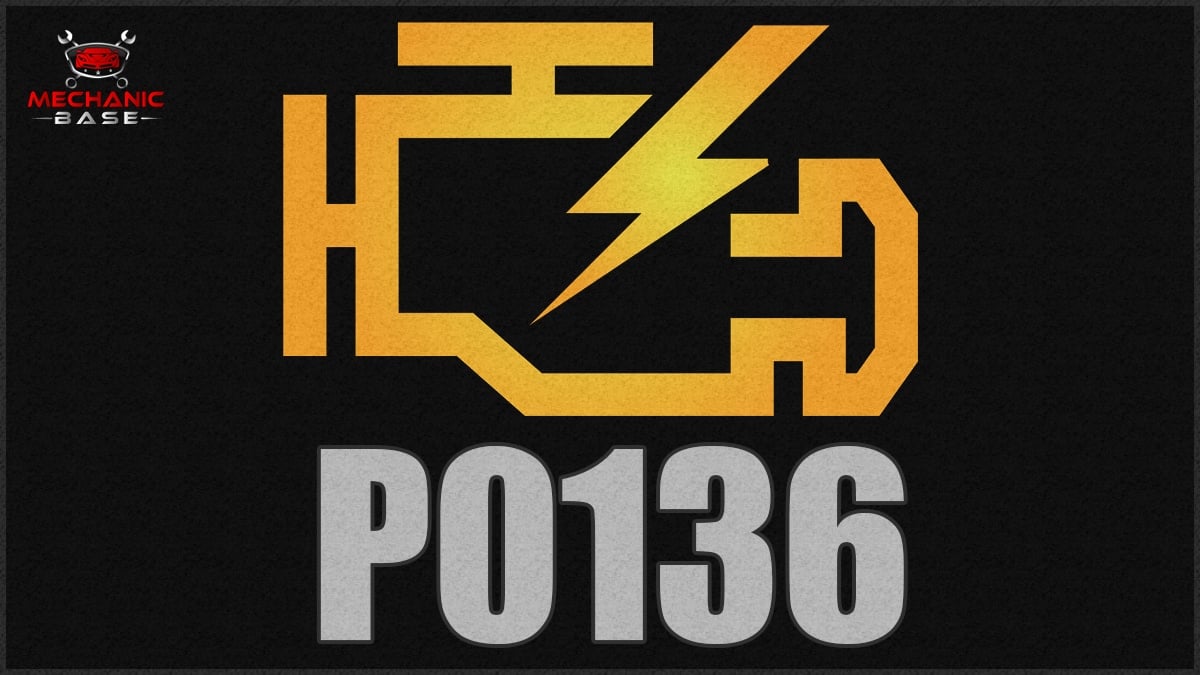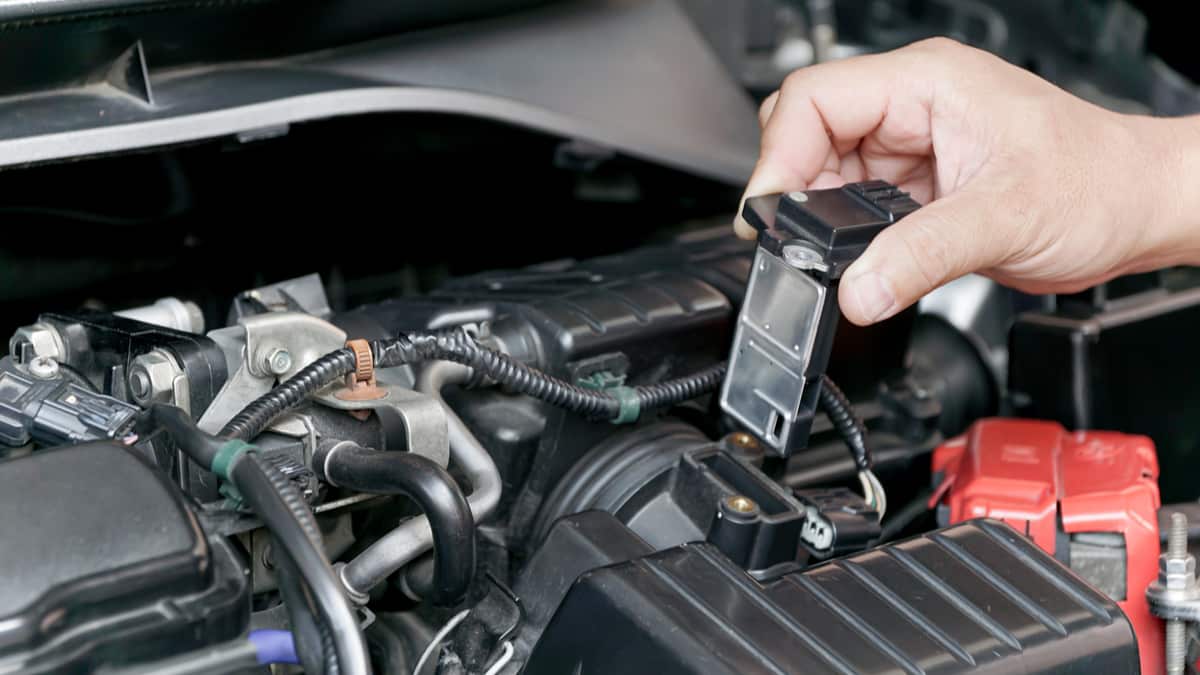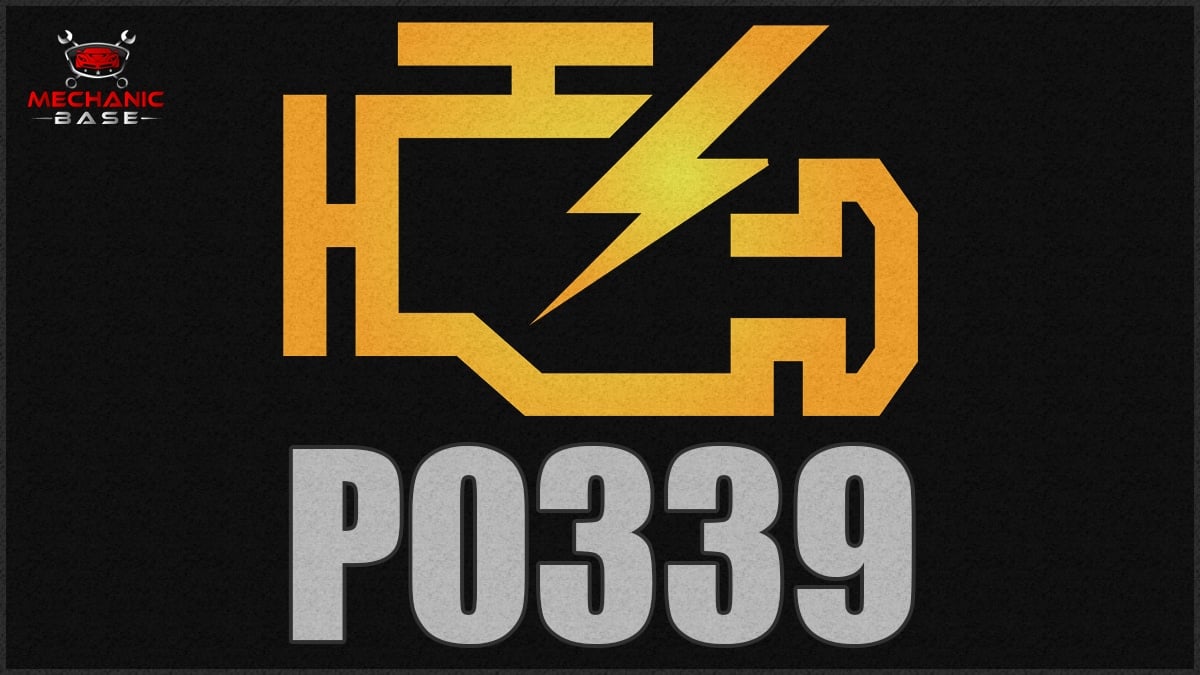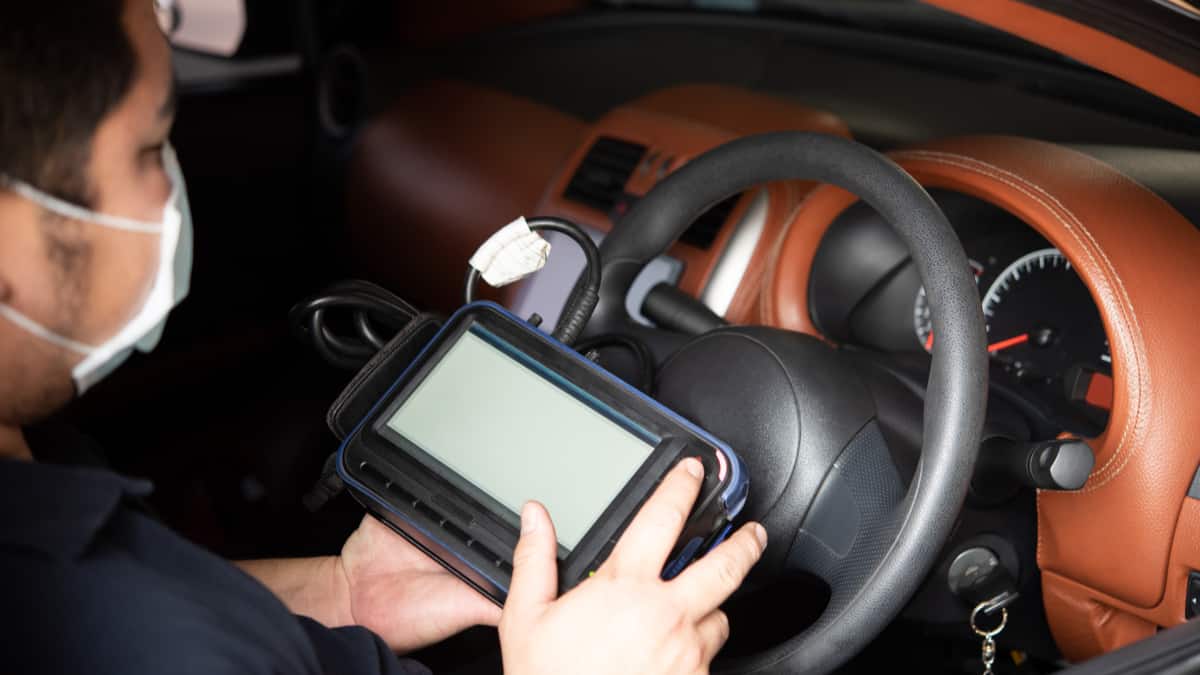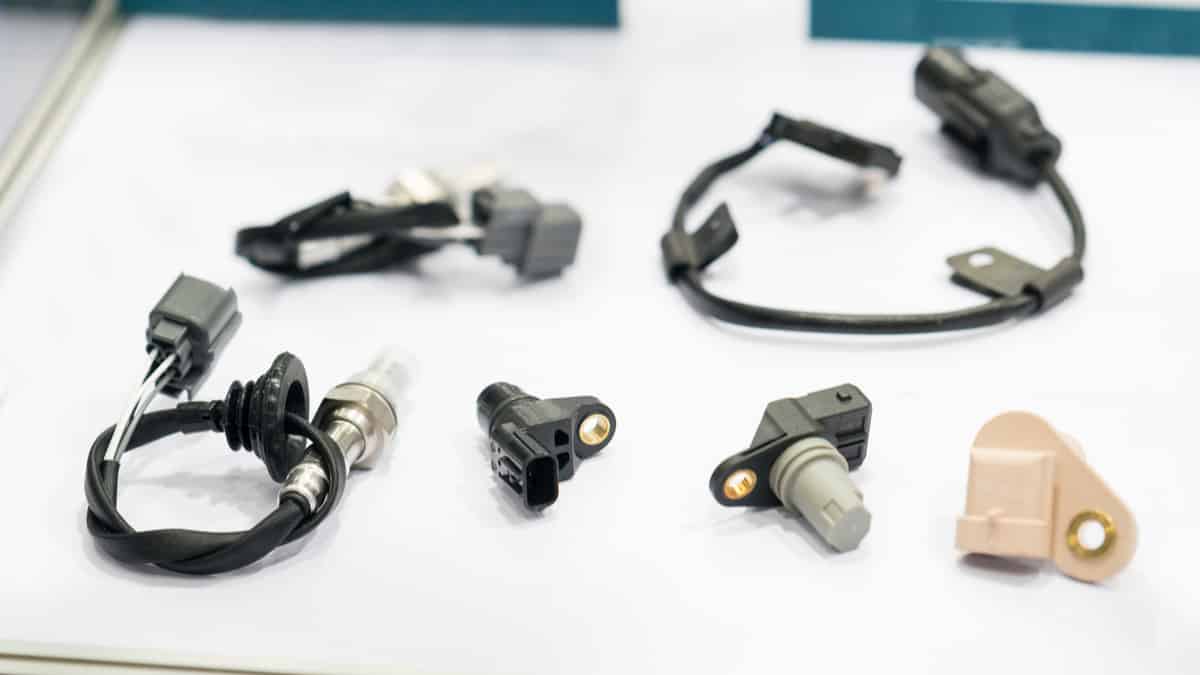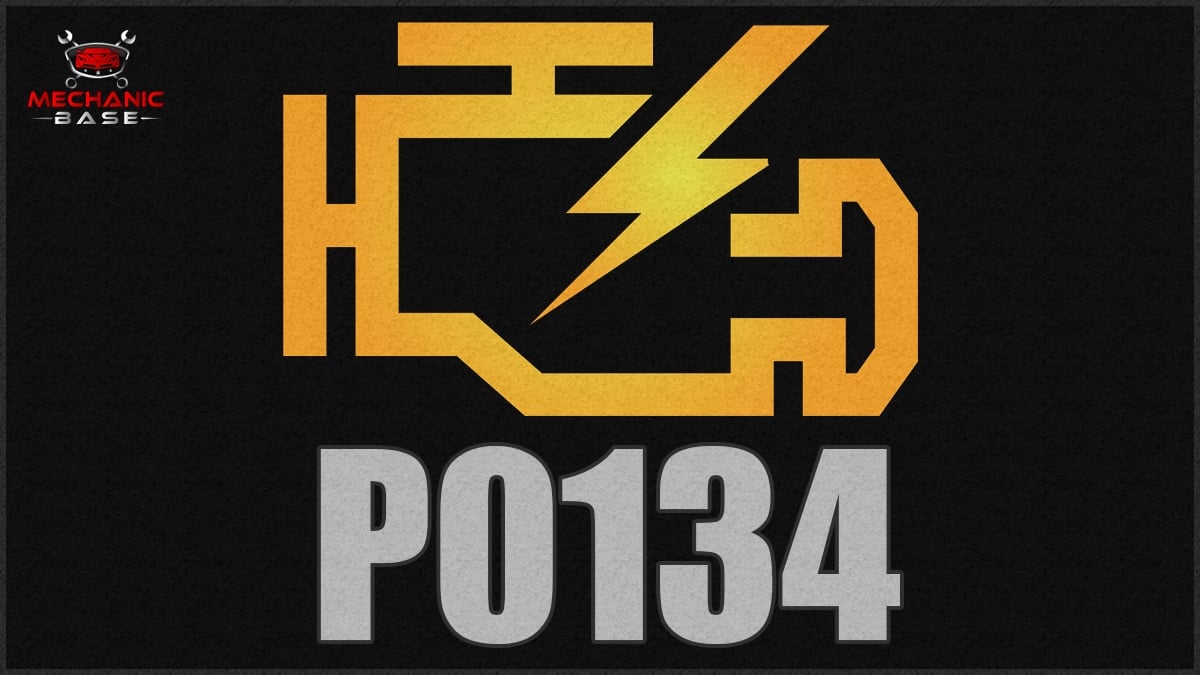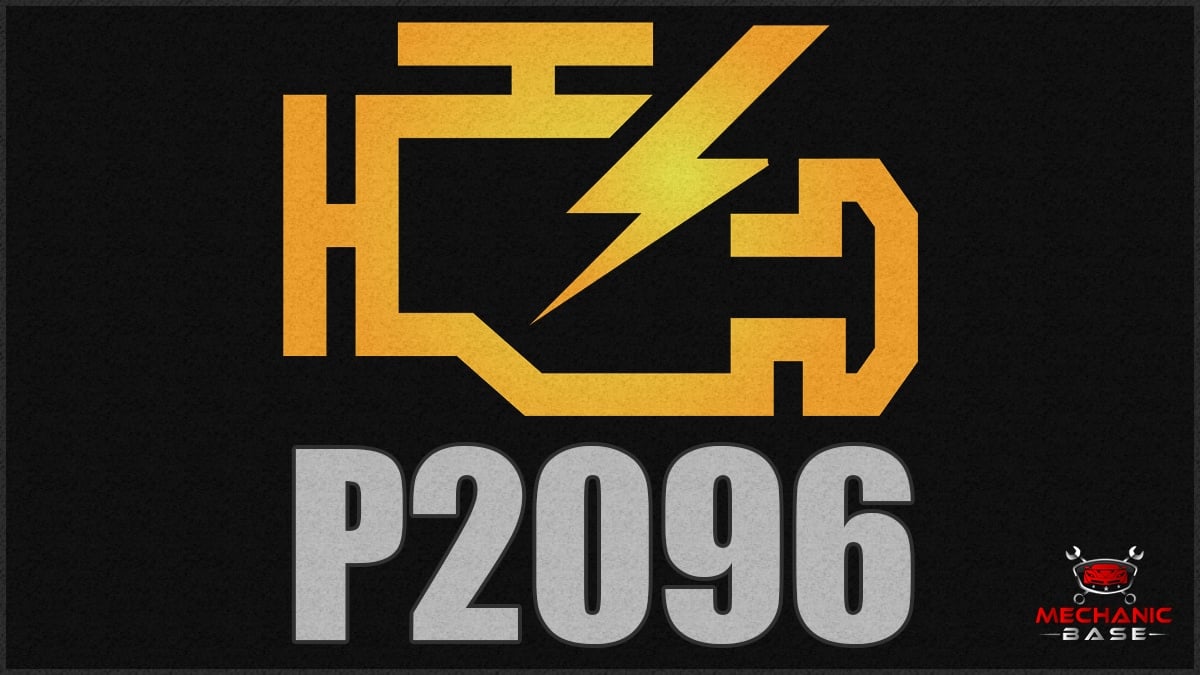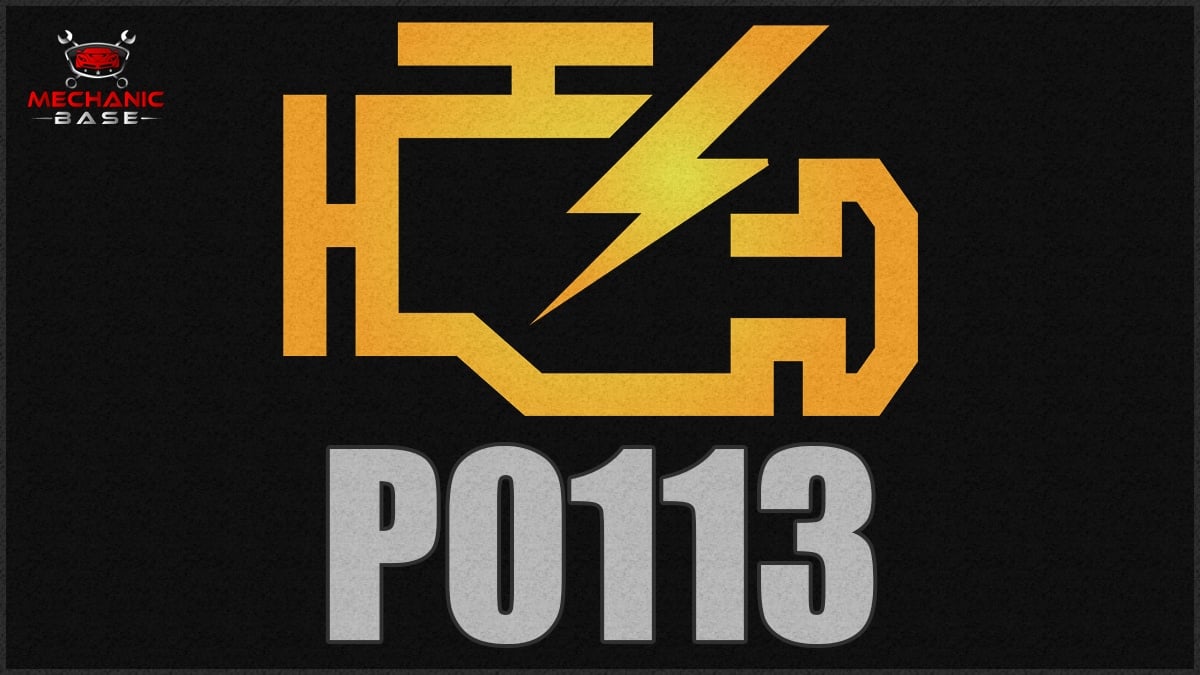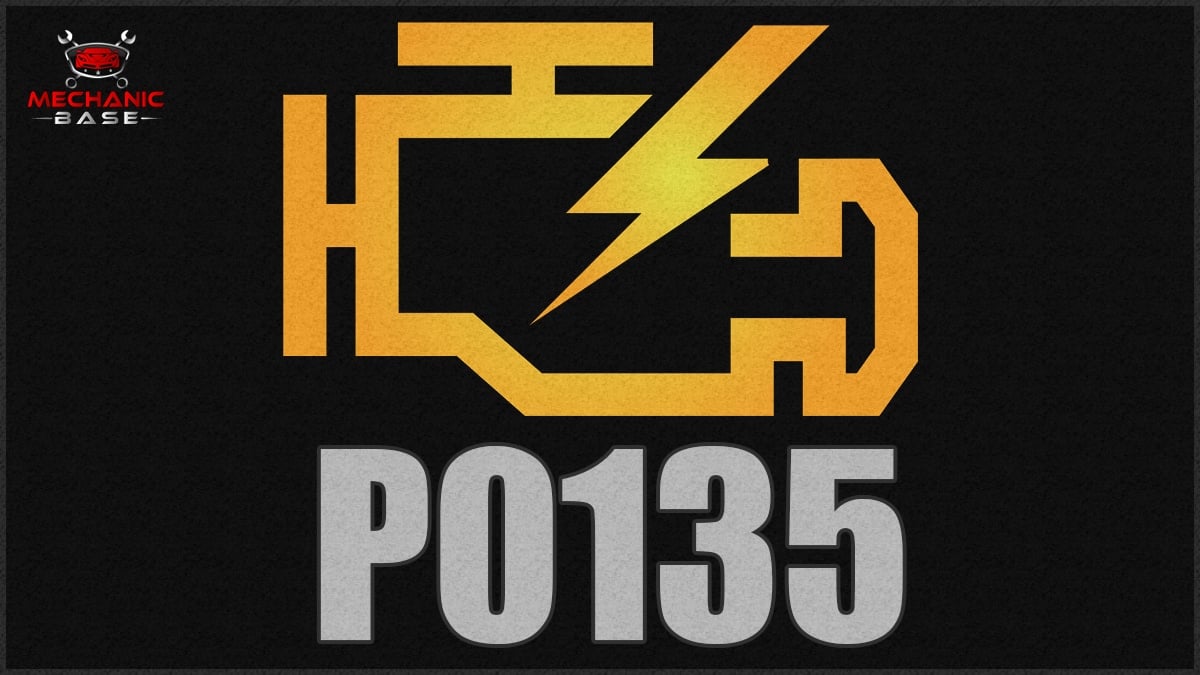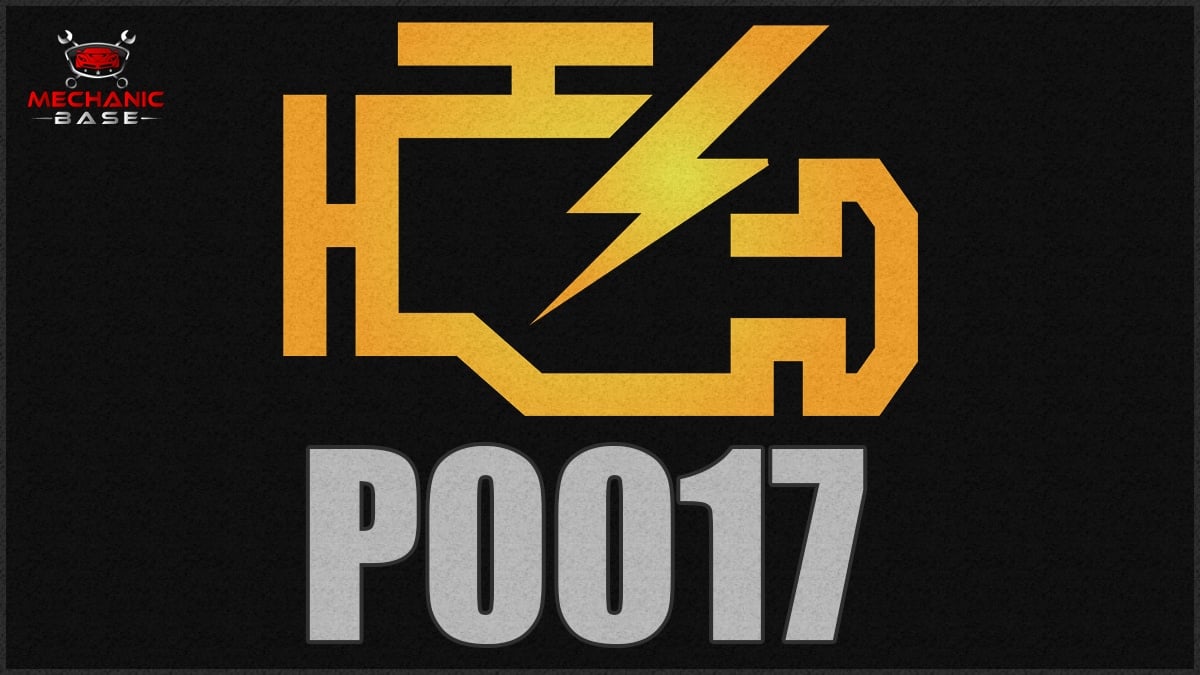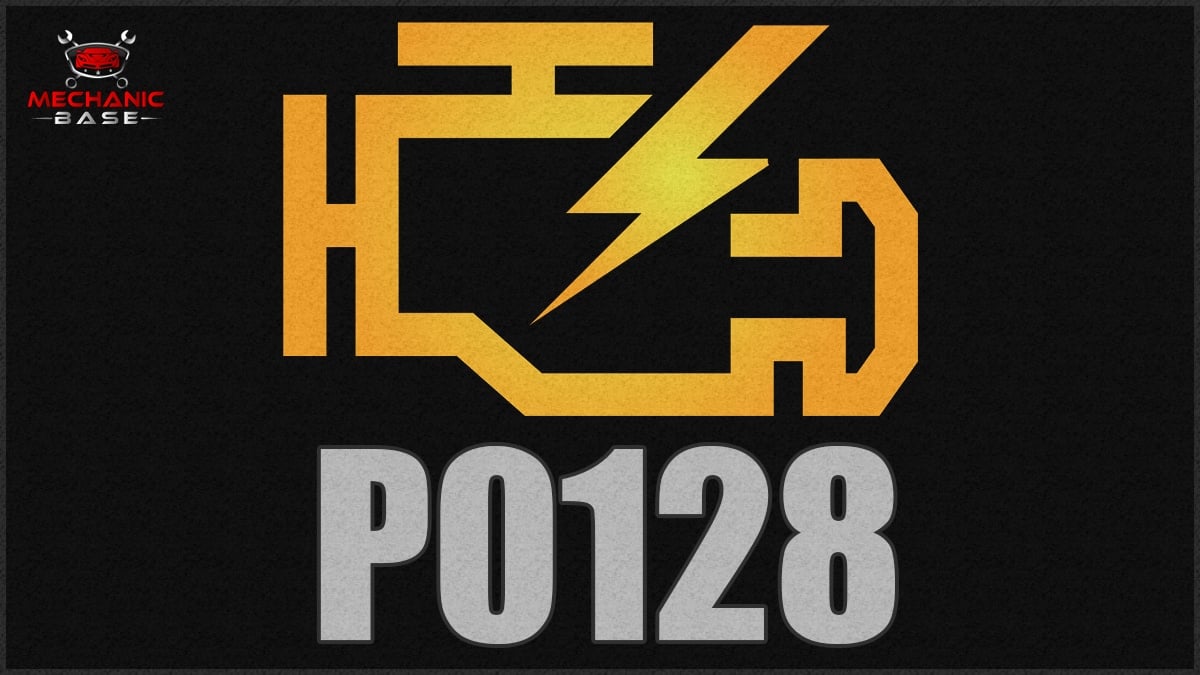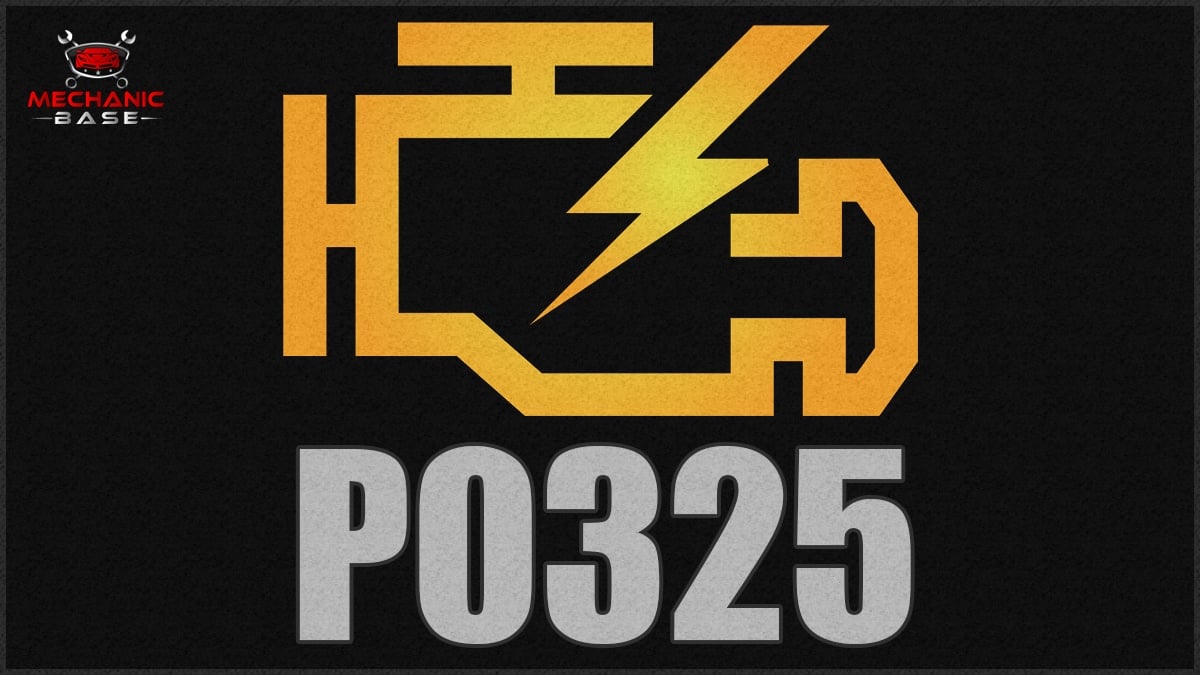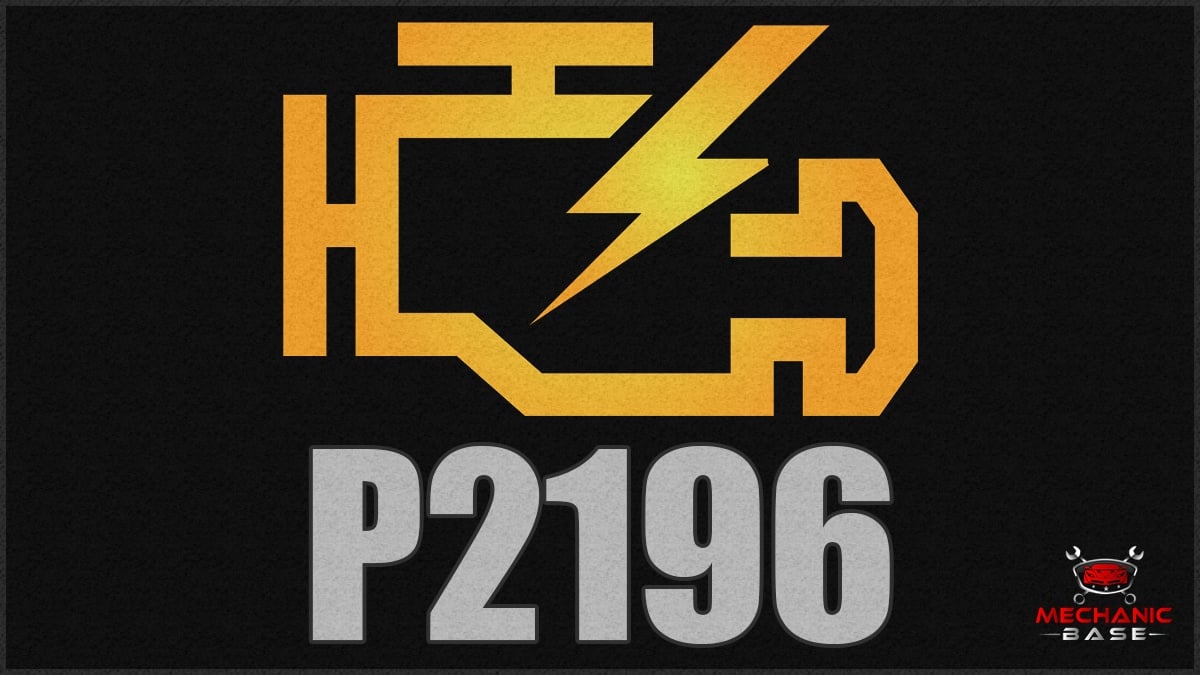When the Check Engine Light comes on the dash, your heart might sink into your stomach, wondering what is going wrong with the vehicle. With a code scanner, you might see the P0132 code, which helps you figure out what needs to be repaired.
In this guide, I look at the meaning of the P0132 trouble code. I also reveal the symptoms and causes of it while examining how to repair it.
Code P0132 Definition
P0132 – O2 Oxygen Sensor Circuit High Voltage (Bank1, Sensor1)
What Does the P0132 Code Mean?
The P0132 code indicates that there is a high voltage issue on your Oxygen sensor or Bank 1. This code occurs when the powertrain control module (PCM) detects that the oxygen sensor’s voltage reading is too high.
In some cases, the code sets because the oxygen sensor isn’t responding quickly enough to adjust for the air-fuel mixture in the combustion chamber. It can also mean that the voltage has gone too high and stayed there for longer than it should have. For each manufacturer, the time is determined differently.
RELATED: Bank 1 vs Bank 2 – Sensor 1 & 2
P0132 Trouble Code Symptoms
The most common symptom of P0132 is the Check Engine Light, but there are also performance issues that might arise.
Here are the most common symptoms:
- Check Engine Light
- Rough idle
- Poor fuel economy
- Black exhaust smoke
- Stalling engine
In rare cases, there might not be any symptoms other than the Check Engine Light, but this isn’t common.
Causes of the P0132 Code
In most cases, the P0132 code indicates that there’s trouble with the oxygen sensor, but that’s not all that could be wrong.
Here are some of the most common causes:
- Bad oxygen sensor
- Malfunctioning mass air flow sensor
- Excessive fuel pressure
- Defective wiring or electrical circuit fault
- Bad PCM/requires an update
- Bad engine coolant temperature sensor
How Serious is the P0132 Code?
Low – In the majority of cases, P0132 isn’t going to stop you from driving your car. However, there could be an increase in performance issues, and the car will likely use more fuel than necessary. While experiencing these issues, the car may also pump more pollutants into the environment.
It’s best to have the vehicle looked at as soon as the problem is noticed. Even if you are able to drive the car, there’s no guarantee that will continue. You could find yourself stranded if the issue gets worse.
What Repairs Can Fix the P0132 Code?
A complete diagnosis is needed to determine what should be repaired. However, here are a few repairs that might resolve the P0132 trouble code.
- Replace oxygen sensor
- Replace the mass air flow sensor
- Fix fuel system
- Repair wiring or electrical fault
- Update PCM
- Replace PCM
- Replace the engine coolant temperature sensor
Common P0132 Diagnosis Mistakes
The majority of the time, a new oxygen sensor is needed to fix the P0132 code. However, before you replace the oxygen sensor, you want to do complete diagnostics to ensure you aren’t missing something obvious.
Some people replaced the oxygen sensor only to find out that there was a wiring fault. Take a minute to look at the wiring to see if anything is exposed or broken.
Recommended Tools for Diagnosis
- Diagnostic OBD Scan Tool
- Multimeter
- Basic Hand Tools
- Auto Repair Manual
- Electrical Contact Cleaner
How to Diagnose the P0132 Trouble Code
Here are the steps that a professional mechanic would take when trying to figure out what’s causing the P0132 code.
- With an OBDII scanner, examine the freeze frame data. Evaluate the trouble codes that are stored.
- Reset all of the codes to remove P0132 from memory. The Check Engine Light should go off.
- Take a test drive to see if the P0132 code comes back, and the Check Engine Light illuminates again.
- View the live data in the scanner to check the voltage going to the oxygen sensors.
- Inspect the wiring and harness to see if anything is broken or exposed.
- Update the PCM, if needed.
- Replace any worn-out parts and retest the system.
Estimated Cost of Repair
Considering many of the top repairs, these are the costs associated with the most popular.
- Oxygen Sensor – $150-$500
- Mass Air Flow Sensor – $200-$400
- Repair Fuel System – $200-$1,000
- Repair Wiring – $50-$1,500
- Update PCM – $50-$150
- PCM – $500-$1,500
- Engine Coolant Temperature Sensor – $100-$250
Mechanics Tips about the P0132 Code
If you are attempting to remove the oxygen sensor, you might run into issues if it has become seized. Sometimes, removing an oxygen sensor from the exhaust can be difficult. You can use a propane torch to get it removed.
You also want to make sure you attach the oxygen sensor wrench securely to prevent it from stripping. Otherwise, you could run into even bigger problems to deal with.
How do I fix error P0132?
To fix the P0132 error code, you’ll first have to figure out what’s causing the upstream oxygen sensor’s voltage to be too high. Apart from the OBD2 scan tool, some basic hand tools and a multimeter will be needed here. In addition, you might need a repair manual for your car or some appropriate wiring diagrams. With all that, you should be able to pinpoint what’s causing the P0132 code. Lastly, once the fault has been found and repaired, use the scan tool to delete the code from the vehicle’s memory.
Is it safe to drive with P0132?
While possible, driving with an active P0132 trouble code is not recommended. It means the signal from the upstream oxygen sensor, whose readings are used for adjusting the air-fuel mixture, is incorrect. When this happens, the PCM will use predetermined values, resulting in less-than-optimal adjustment. Besides increased fuel consumption, this can also cause various running issues, such as hesitation or misfire. In addition, your car might be emitting more harmful gases, which could damage the catalytic converter in the long run.
What causes an O2 sensor to read high voltage?
The P0132 code is set when the PCM detects the voltage coming from the upstream oxygen sensor is too high. Several things can cause this to happen, including a faulty O2 sensor, broken wiring, or malfunctioning PCM. In addition, the oxygen sensor’s voltage may be too high if the engine is running rich. Some common causes for this are a broken thermostat, faulty coolant temperature sensor, and dirty MAF.
Where is Bank 1 sensor 1?
In all cars, regardless of the make or model, sensor 1 is the upstream oxygen sensor. This places it between the cylinder head and the catalytic converter. As a result, finding it is easy, especially in cars with 4-cylinder engines, as these only have one bank. The situation, however, is entirely different when the vehicle has a V6 or V8 engine, as these have two banks. Bank 1 is the one that houses cylinder no. 1, and, in most cases, it will be on the right-hand side when looking from the engine’s timing end.
All modern cars have an oxygen sensor, which is sometimes also called a lambda sensor. This component analyzes the content of exhaust gas by measuring the amount of oxygen in it. The information obtained by it is used by the engine control module, or ECM, to adjust the air-fuel ratio in the combustion process. This improves the engine’s performance and reduces its emissions.
However, if the voltage given by the sensor is higher than predicted, the ECM will trigger the P0132 trouble code. This can be caused by a faulty sensor, wiring issues, or a rich-running engine.
Categories: OBD Codes


